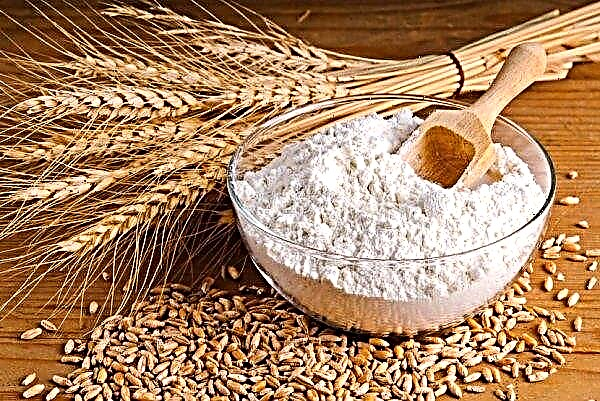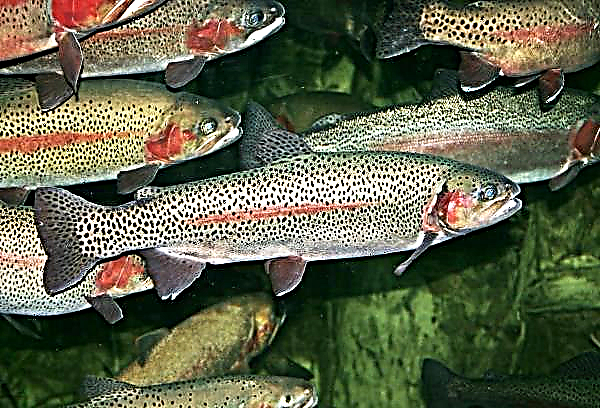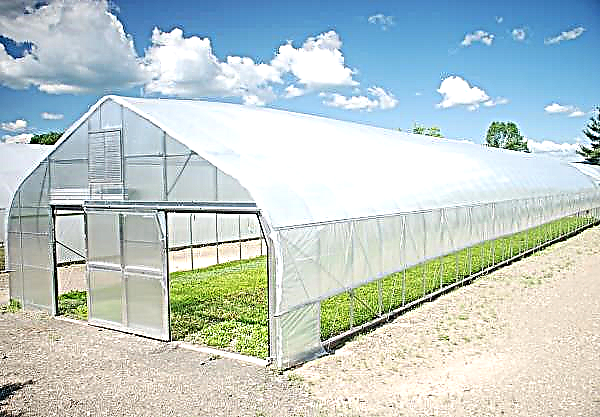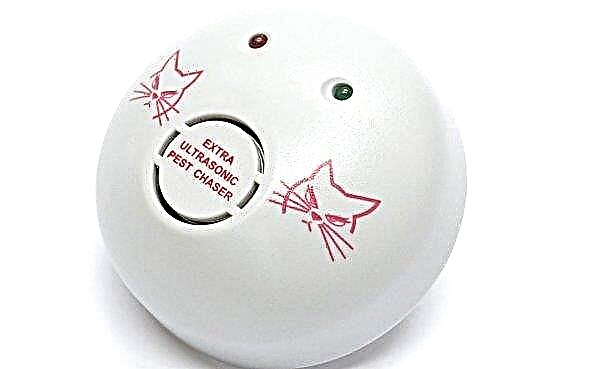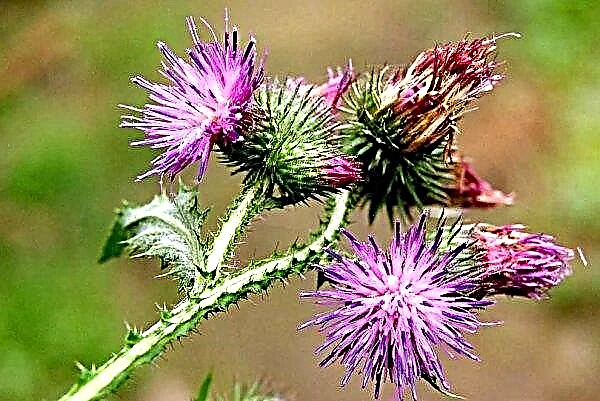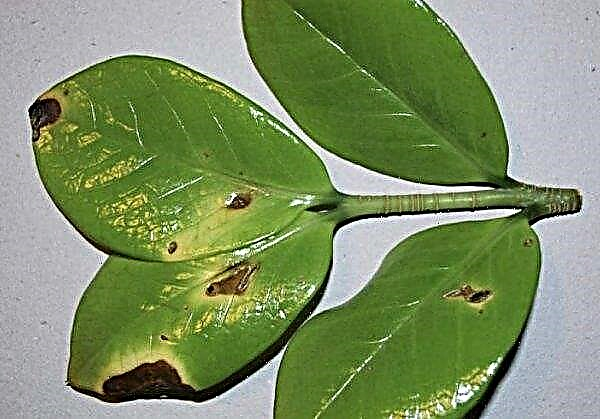The genus of irises has about 800 species, having various shapes and shades of flowers and growing on all continents. This culture is widely planted in cottages, personal plots, in city parks, gardens. Its popularity is explained by unpretentiousness and high decorativeness. Tips for planting this flower in the open ground in the summer are contained in the article.
Dates of irises
The described plant is recommended to be planted in 2 periods:
- in the spring;
- from late summer to early autumn.

If the winters in the region where this decorative culture is grown are cold, it is advisable to plant in August. In areas where the weather is warm for a long time in the fall and the winters are mild, you can plant the plant in September. The Siberian variety can even be planted in October. The main rule of planting is that the plant should end the flowering period. It is necessary to cut the flower stalks and wait another 2-3 weeks.
Did you know? Images of irises are placed on a fresco found on the wall of the Knossos Palace on about. Crete. According to scientists, she is about 4 thousand years old.
Summer planting has several advantages over spring. Plants planted during this period, before establishing low temperatures, have time to lay down buds and take out new roots. The risk of freezing is minimal. To put the planting material in the soil, select a good day. It is better to land before lunch.
Preparing the landing site
For irises, areas that are illuminated most of the day by the sun are well suited. It is with sufficient lighting that you can count on long flowering.
The best soil for the described culture is loose, nutritious, with a neutral level of acidity. 3-4 weeks before planting, it is necessary to dig and make compost and fertilizers with potassium and phosphorus in the composition. It is also advisable to treat it with fungicides against fungal diseases. If the soil is too acidic, acidity can be reduced by adding ash, chalk, lime. In heavy soil, peat with sand must be added to the planting holes.
As for humidity, each species and variety have their own requirements for this indicator. So, for example, a bearded iris does not tolerate stagnation of water, so it is better for him to choose a place on a hill, where there is a good outflow of moisture. Swamp and Siberian species prefer high humidity, they like to grow near water bodies.Important! When planting irises in the soil you can not make fresh manure. It can burn the rhizomes of young plants.

Landing stages
Irises have rhizome and bulbous species. The technology of their landing is different. Both of these species can be grown from seeds. When choosing seedlings, you must choose those in which 2 young sprouts are formed next to the main stem. Such plants will bloom the next year after planting. If a seedling with one sprout is placed in the ground, then flowering will need to be expected only after a year.
Rhizomes
Rhizome must be inspected and removed from it all spoiled roots. Healthy root processes should be shortened, leaving 5-8 cm each. Places of sections must be dipped in a solution of potassium permanganate to avoid the development of diseases, or sprinkled with powdered charcoal. If planting material has just been removed from the ground, it must be dried for one to three days, and then cut off 1/3 of the length of the leaves in the form of a fan.

Next, proceed as follows:
- Dig out the landing holes, maintaining the distance between them at 20-40 cm.
- To the bottom pour a hill of a mixture of loose soil with sand.
- Set the rhizome so that its upper half protrudes above the soil.
- Spread the roots.
- Sprinkle with fertile soil.
- Watering.
- Cover the aisles with mulch.

Bulbs
Bulbs should be well-formed, dense, resilient, uniformly colored. They should be carefully inspected to avoid planting rotten, sick and damaged.
To plant the bulbs in open ground, the following steps must be taken:
- Dig out landing holes 5–8 cm deep, keeping a distance of 6–10 cm between them.
- Lay sand drainage on their bottom.
- Place the bulb in the center of the hole and gently push it into the ground.
- Sprinkle with earth.
- Hydrate.
- Lay a layer of mulch from compost or peat.

Semen
Iris seeds can be planted in two ways:
- immediately after harvest in late summer or in the autumn period;
- after stratification in the refrigerator in February in a pot, and then in May in open ground.
Did you know? Translated from Greek, the word "iris" means "rainbow". This name was given to the flower by the ancient Greek physician and philosopher Hippocrates in honor of the goddess Irida, who descended from heaven to earth on a rainbow.
After flowering, a box with planting material should be wrapped with gauze so as not to miss the moment of its cracking. After it opens, the seeds can be planted on an open bed. The recommended embedment depth is 2 cm. The distance between the holes is 10 cm. You can protect the iris plantings from frost by covering them with a synthetic winterizer or non-woven material.
After landing care
Irises are one of the easiest flowers to care for. It is important for them to choose the right mode of hydration, because, on the one hand, this culture is moisture-loving, and on the other, it does not respond well to stagnation of water.
In summer, irises should be watered regularly, preventing the topsoil from drying out. Beginning in August, irrigation must be stopped so as not to provoke the development of root rot and prepare the plants for wintering. It is correct to water only under the root. Irises do not like sprinkling. The best time for watering is evening.
When irises spend 2 years in the open field, they can begin to feed. The recommended number of top dressings is 3 per season. During the first application, in early spring, use nitrogen-containing mixtures necessary for building green mass. Wood ash is also suitable. The second time, after 2–4 weeks, they are fed with complex mineral fertilizer. The third top dressing is carried out during flowering. During this period, potassium and phosphorus mixtures are added.
A very important procedure for irises is pruning. After flowering, the peduncle should be removed. In August and during transplantation, 1/3 of the length of the leaves should be cut. A transplant of this crop should be done every 3-4 years.
Before winter, the soil in the area is mulched with a 10-centimeter layer of peat to insulate the rhizomes. If the region is characterized by severe frosts and a small amount of snow, then it is necessary to cover the plants with spruce branches.
Important! If the plantings were infected with a fungal disease, then you can return the irises to the same place no earlier than after 4-5 years. It takes so much time for the pathogen to die in the soil.
Possible diseases and pests
Subject to the recommendations for planting and regular maintenance, the plants will be strong, and diseases with pests will bypass them.
Weakened flowers can be affected by the following diseases:
- Bacterial rot. The main reasons for the development of the disease are the introduction of too many nitrogen fertilizers, thickened plantings, and increased soil moisture. Symptoms of damage: softening of the bases of the leaves, their yellowing, drying, lodging, an unpleasant odor from the plant. Cure this disease is possible only in the initial stages of development. It is better to resort to its prevention: planting seedlings on hills, in well-drained holes. Treatment can be done by dusting with doxycycline, lincomycin, penicillin.

- Fusarium Signs of the development of the disease are the formation of sunken spots and decay of the rhizome. Subsequently, the root becomes dark brown and dries out. Sick plants must be removed immediately from the site, and pour the chlorine oxide of copper under the ground under them. Spray healthy bushes with Previkur, Topsin-M preparations.
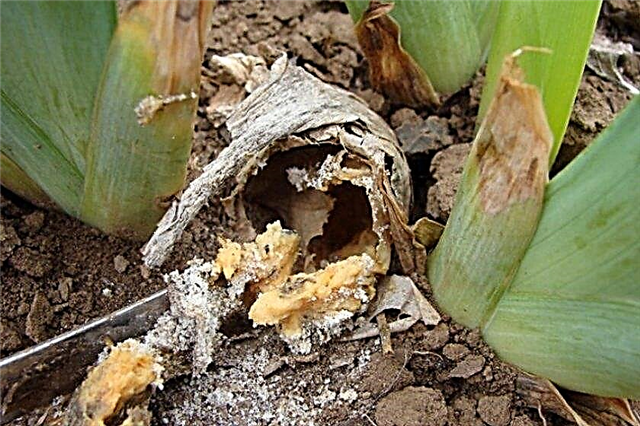
- Leaf spotting. The causes of the spread of the disease: dense planting, increased soil moisture, lack of phosphorus. The disease manifests itself with the formation of brown spots with dark edging on the leaves. After the onset of symptoms, it is necessary to treat the site with preparations containing copper, systemic fungicides, for example, Strobi, Ordan, and top-dress with calcium nitrate using the foliar method.

- Gray rot. It can affect the rhizome and stem. Actively develops during periods of high humidity. Signs of infection: browning and coating of the stem with a moldy coating, a delay in plant growth, the death of the ground part. The fight is carried out by treatments with the preparations "Oksikhom", "Topaz".
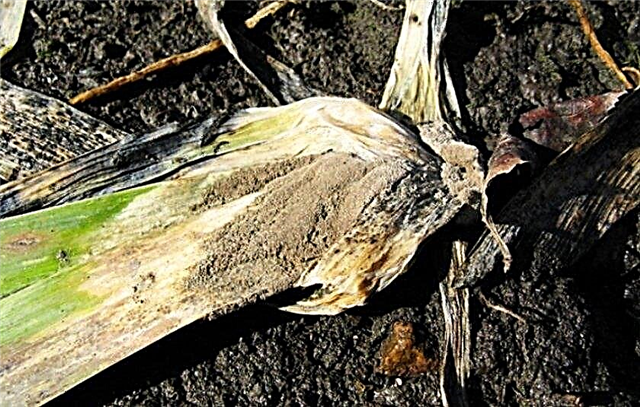
- Rust. You can suspect infection if brown streaks appear on the foliage. Irises can be cured of this ailment by using the preparations "Strobi", "Topaz", Bordeaux mixture.

Of the pests for irises, the following insects are most dangerous:
| Insect name | Symptoms of lesion | Prevention and treatment |
| Catfish scoop |
| Double treatment in early spring with karbofos (10%). The interval between sprayings is one week. |
| Gladiolus thrips |
|
|
| Medvedka |
|
|
| Slug |
|
|
| Wireworm |
|
|

Thus, irises are recommended to be planted from late summer to mid-autumn, depending on climatic conditions in the region. The main thing is that they have ended the flowering period. In order for the plants to grow successfully and delight the eye with their beauty, it is necessary to choose a successful site, observe the planting technology and regularly care for them.






